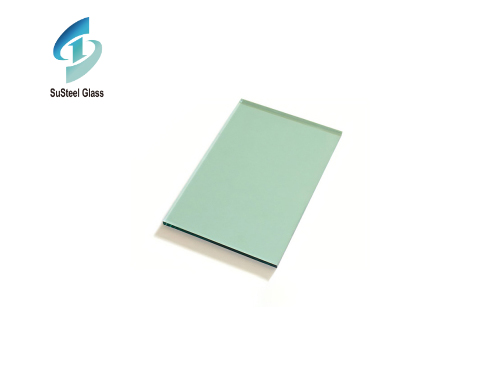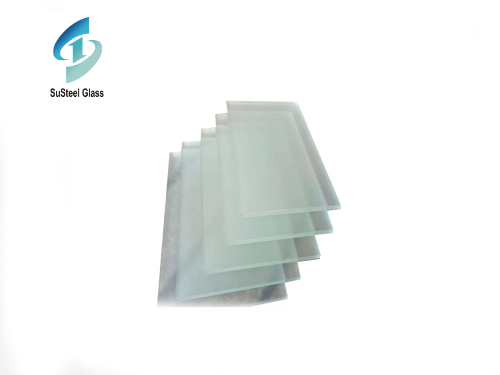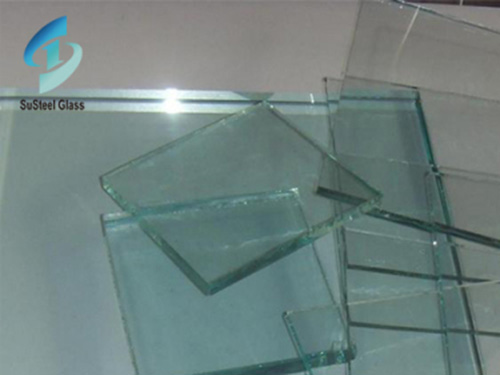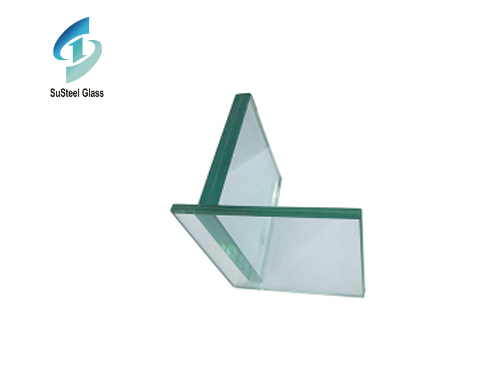Heat absorbing glass, also known as solar control glass or tinted glass, is a specialized type of glass designed to reduce heat gain and glare from sunlight while allowing visible light to pass through. This glass variant offers a range of benefits and finds versatile applications in modern architecture and building design.
One of the key advantages of heat absorbing glass is its ability to regulate indoor temperatures by absorbing and dissipating solar radiation. This helps in reducing the need for excessive air conditioning and cooling systems, leading to energy savings and improved thermal comfort for occupants.
Moreover, heat absorbing glass helps in minimizing glare caused by direct sunlight, which can be particularly beneficial in spaces with large windows or glass facades. By reducing glare, this glass type enhances visual comfort and visibility indoors, creating a more pleasant and productive environment.
Additionally, heat absorbing glass contributes to the overall energy efficiency of buildings by reducing the reliance on artificial lighting and HVAC systems. The glass's ability to transmit visible light while blocking a significant portion of infrared and ultraviolet rays helps in creating well-lit and comfortable interiors without compromising on energy consumption.
Furthermore, heat absorbing glass is available in various tint levels and colors, allowing architects and designers to achieve specific aesthetic goals and design preferences. Tinted glass can add a touch of style and sophistication to building exteriors while maintaining functional benefits related to solar control and thermal performance.
In terms of applications, heat absorbing glass is commonly used in commercial buildings, offices, residential complexes, and automotive windows. It is also utilized in skylights, curtain walls, and greenhouses to manage solar heat gain and create sustainable and energy-efficient spaces.
Additionally, heat absorbing glass contributes to sustainable building practices by reducing carbon emissions associated with energy consumption. Its role in passive solar design and daylighting strategies aligns with green building certifications and environmental initiatives aimed at promoting energy conservation and sustainable living.
In conclusion, heat absorbing glass offers a range of benefits including solar control, glare reduction, energy efficiency, aesthetics, and sustainability. Its versatile applications in modern architecture and building design make it a valuable material for creating comfortable, visually appealing, and environmentally responsible spaces.

 Exploring the World of Green Tinted Glass Products: Versatility and Sustainability
Exploring the World of Green Tinted Glass Products: Versatility and Sustainability
 Exploring the Versatility and Elegance of Custom Thick Glass
Exploring the Versatility and Elegance of Custom Thick Glass



